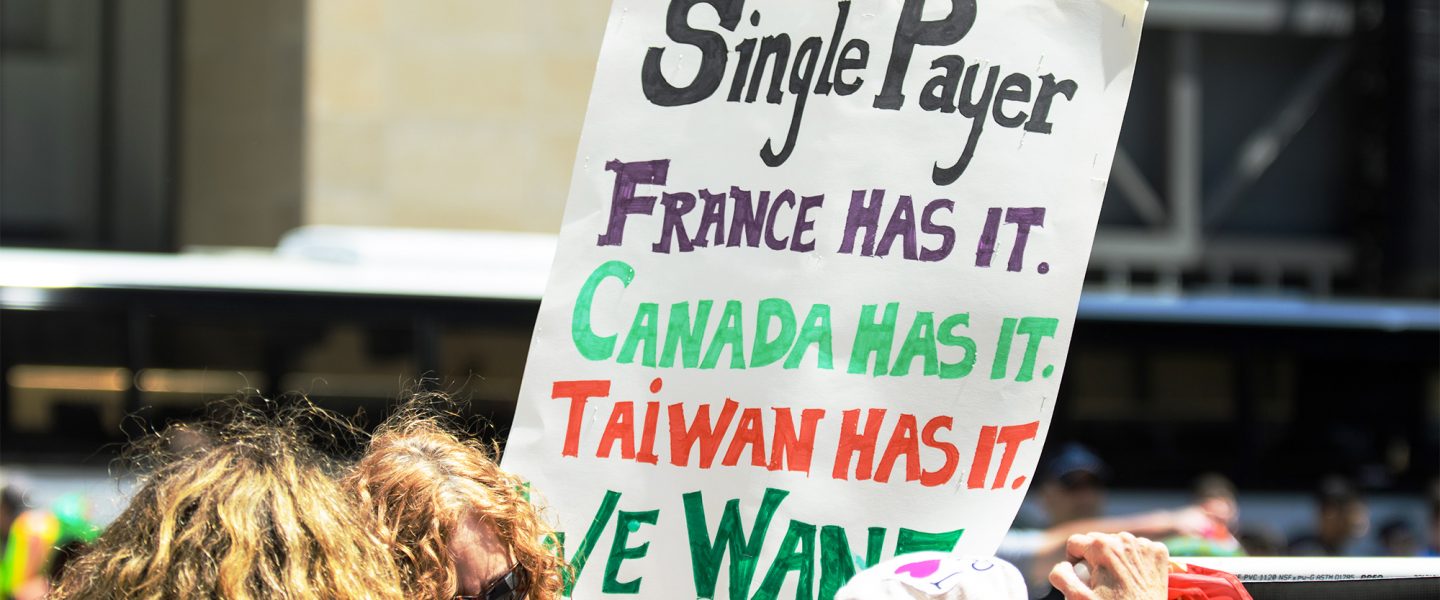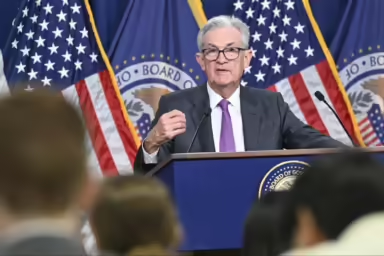An extremely high number of Americans incur medical debt related to their cancer treatment. This causes many to skip out on potentially life-saving follow-up care.
|
Listen To This Story
|
Getting a cancer diagnosis is a blow to anyone. But for many Americans, the trouble doesn’t stop with having to beat a potentially deadly illness. According to new data, half of them — even those who are insured — face (often crippling) medical debt that prevents them from getting optimal care.
A new survey from the American Cancer Society shows that nearly half of all cancer patients and survivors carry medical debt related to their illness… and for about half of them, it exceeds $5,000.
Furthermore, among those who have been diagnosed within the past three years, half said they owe money and another 18 percent believe that they will incur such debts in the future.
Perhaps the most troubling aspect of the survey is that virtually all of these patients and survivors (98 percent) were insured at the time they racked up bills they couldn’t pay.
Of those, more than half were covered by an employer-provided plan, about a quarter were enrolled in Medicare, 10 percent relied on a privately purchased or marketplace plan, and 5 percent were in Medicaid.
Those who used a high deductible health plan without a health savings account were most likely to incur medical debts.
As a result of high costs, even high-earning Americans are feeling this burden. A whopping 37 percent of cancer patients with an annual income above $125,000 have said they have incurred medical debt.
These figures are not just an indictment of the US health care system but also show the often devastating consequences this debt can have for cancer patients.
First, there are the financial consequences. Nearly half of the poll’s respondents said their credit score decreased as a result of them incurring that debt and that they had felt harassed by creditors and debt collectors. In addition, almost one-third had difficulty qualifying for loans.
More importantly, owing money after a cancer treatment can also seriously hamper follow-up care. Patients who have incurred medical debt said that owing that money has made them much more likely to delay recommended screenings. In addition, a quarter of them have gone without adequate food and/or skipped and delayed care. Finally, nearly 1 in 5 considered filing for bankruptcy.
And, without adequate follow-up care, it is more likely that their cancer returns, which means additional treatment and debt.
It should come as no surprise that some demographics feel the burden of medical debt more than others. According to the survey, Black and Hispanic patients reported that they were denied care due to their debt at about twice the level as White respondents. In addition, they are targeted more often by collection agencies than other groups.
There is also a pronounced age difference. Less than a quarter of Americans above the age of 75 have reported that they have medical debt. Conversely, a stunning 70 percent of younger cancer patients (age 35-44) said their treatment has resulted in such debt.




